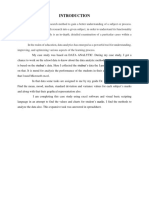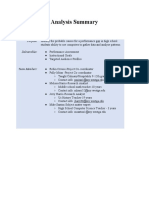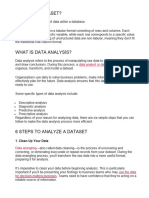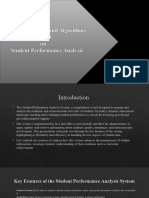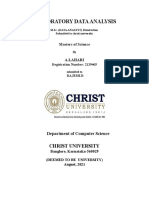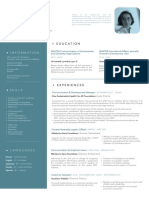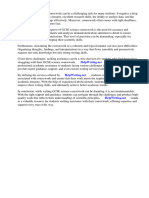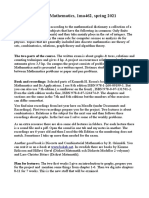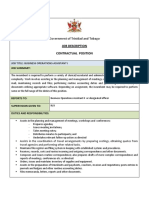0% found this document useful (0 votes)
45 views23 pagesStudent Performance PowerBI Report Updated
This report analyzes student performance using Power BI, focusing on the impact of demographic variables and external factors on academic scores. Key findings indicate that completion of test preparation courses significantly enhances performance, while parental education levels also play a crucial role. The project includes a comprehensive dashboard with visualizations to aid stakeholders in understanding and addressing performance disparities.
Uploaded by
Nisarga.R.H Nisarga.R.HCopyright
© © All Rights Reserved
We take content rights seriously. If you suspect this is your content, claim it here.
Available Formats
Download as DOCX, PDF, TXT or read online on Scribd
0% found this document useful (0 votes)
45 views23 pagesStudent Performance PowerBI Report Updated
This report analyzes student performance using Power BI, focusing on the impact of demographic variables and external factors on academic scores. Key findings indicate that completion of test preparation courses significantly enhances performance, while parental education levels also play a crucial role. The project includes a comprehensive dashboard with visualizations to aid stakeholders in understanding and addressing performance disparities.
Uploaded by
Nisarga.R.H Nisarga.R.HCopyright
© © All Rights Reserved
We take content rights seriously. If you suspect this is your content, claim it here.
Available Formats
Download as DOCX, PDF, TXT or read online on Scribd
/ 23










